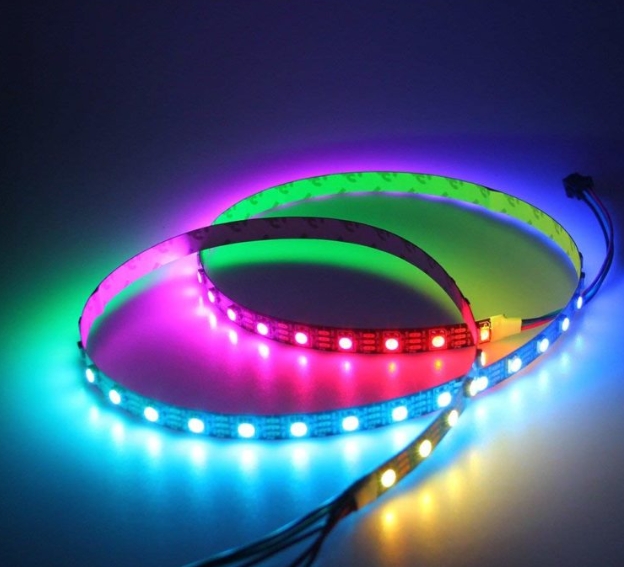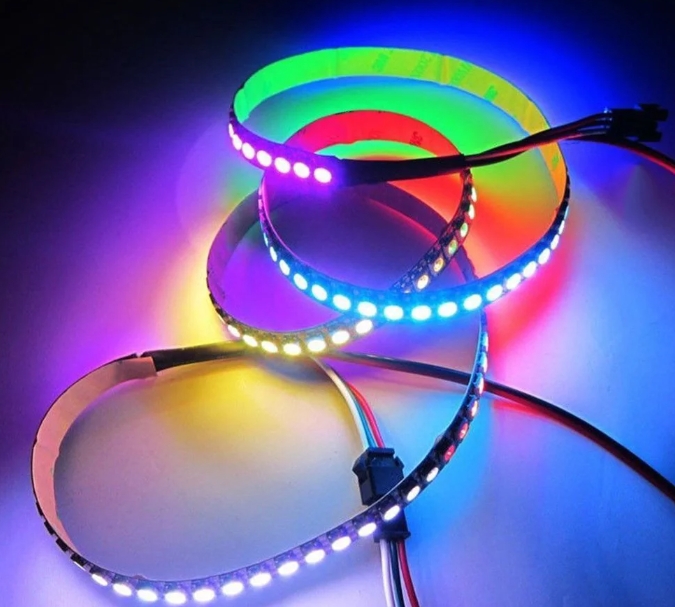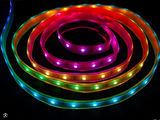Daily maintenance tips for LED light strips
First of all, reasonable heat dissipation design is crucial to extend the life of LED light strips. Because LEDs are very sensitive to temperature, the higher the temperature, the shorter their lifespan. Therefore, choosing LED light strips with good heat dissipation performance, or ensuring sufficient air circulation to help dissipate heat during installation, can effectively reduce the LED junction temperature and thereby extend its life. For example, you can choose a light strip with lamp beads that are widely spaced apart.

Then there is the humid weather, which is also the peak period for lamps to be damaged due to moisture. If the lamps are not turned on for a long time, the internal moisture will be serious, and the circuit board will be burned out and short-circuited. Maintenance method: It is recommended to turn on the lights for 2-3 hours a day. Firstly, the lamps can dehumidify themselves, and secondly, they can warm and dehumidify the room.
Secondly, the connection distance is also a factor that affects the life of LED light strips. Different models of LED strips have different maximum connection distances. Exceeding this distance may cause the strips to overheat, thus shortening their service life. For example, the maximum connection distance of the 3528 series LED light strip is 20 meters, while the maximum connection distance of the 5050 series LED light strip is 15 meters.

In addition, the technical theoretical life of low-voltage light strips can reach 50,000-100,000 hours, which means that even if they are used for 4-5 hours a day, they can theoretically be used for 30 years. Therefore, when choosing LED light strips, you can consider low-voltage light strips as a long-life option.

Finally, reducing the number of times the lights are turned on and off will also help extend the life of the LED light strips, as frequent switching may cause damage to the LED light strips. In some situations where the light is not needed for a short period of time, you can choose not to turn off the light strip to reduce the number of switches.
In summary, by optimizing heat dissipation design, controlling reasonable connection distance, selecting appropriate light strip types, and reducing unnecessary switch operations, the service life of LED light strips can be effectively extended. At the same time, understanding the performance and correct use of LED light strips is also the key to ensuring its long-term stable operation.





